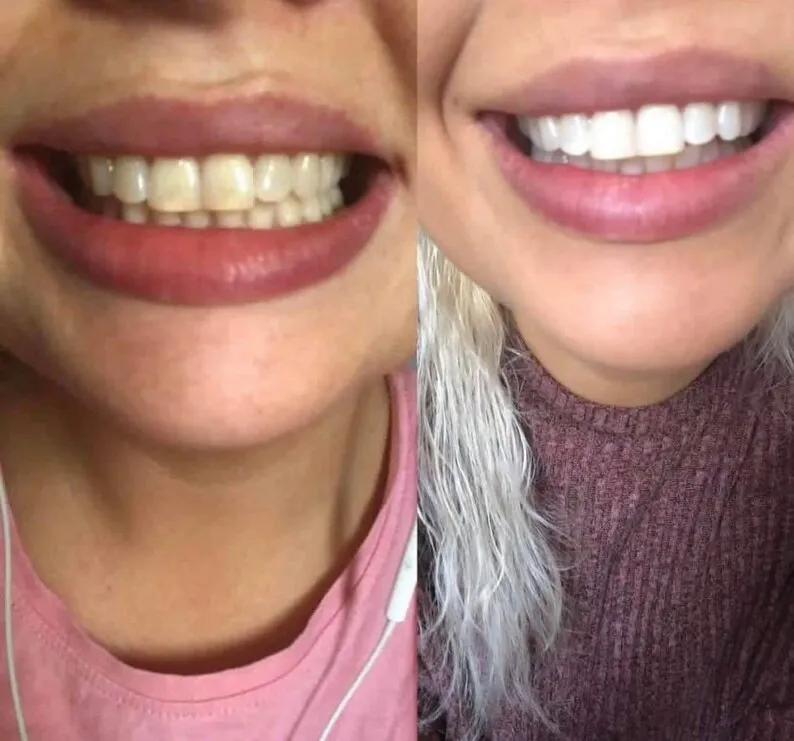What are Crest Whitening Strips?
Crest Whitening Strips have become a household name in the realm of cosmetic dentistry, offering a convenient and accessible method for enhancing the brightness of your smile. These thin, flexible strips are coated with a whitening agent, typically hydrogen peroxide, and are designed to adhere directly to the teeth. They represent a popular at-home teeth whitening solution, providing an alternative to professional treatments or other at-home remedies. Their ease of use and relatively low cost have made them a go-to option for individuals looking to improve their teeth’s appearance. Available in various formulations, Crest Whitening Strips cater to different needs and preferences, including options for sensitive teeth or faster results. They offer a noticeable change in tooth shade over a period of days or weeks, making them an attractive choice for people looking for a quick and easy cosmetic fix.
How Do Crest Whitening Strips Work?
The effectiveness of Crest Whitening Strips is rooted in the science of tooth whitening. At the heart of the process lies the active ingredient, hydrogen peroxide, which penetrates the enamel of the teeth to break down stain molecules. These stains, which can be caused by various factors like coffee, tea, wine, and tobacco, accumulate over time, leading to discoloration. When the hydrogen peroxide comes into contact with the stained enamel, it triggers an oxidation reaction. This reaction breaks down the stain molecules into smaller, less visible particles. The strips are designed to stay in close contact with the teeth to maximize the whitening agent’s contact time. This prolonged contact allows for a gradual but noticeable lightening of the tooth enamel. Consistency in application, following the product’s instructions, is essential for achieving the desired results, as the effectiveness is proportional to the regularity and duration of use.
Understanding the Active Ingredients in Crest Strips

The primary active ingredient in Crest Whitening Strips is hydrogen peroxide, a powerful oxidizing agent responsible for the teeth-whitening effect. The concentration of hydrogen peroxide varies depending on the specific product line, with some strips containing higher concentrations for quicker results and others formulated with lower concentrations for those with sensitive teeth. In addition to hydrogen peroxide, Crest Whitening Strips also contain inactive ingredients that serve various purposes. These ingredients include adhesives that help the strips adhere to the teeth, stabilizers that maintain the potency of the hydrogen peroxide, and flavorings that enhance the user experience. The specific blend of inactive ingredients can differ among the different product variations, and it’s crucial to check the label if you have known allergies or sensitivities. Understanding these ingredients helps users make an informed choice, ensuring the product aligns with their specific needs and oral health profile.
The Whitening Process Explained
The whitening process facilitated by Crest Whitening Strips is a multifaceted chemical reaction that unfolds over time. When the strips are applied, the hydrogen peroxide begins to permeate the enamel, the outermost layer of the tooth. This penetration allows the whitening agent to interact with the stain molecules embedded within the enamel. The hydrogen peroxide molecules break down the bonds of these stain compounds through oxidation. This process breaks larger stain particles into smaller, less visible ones, resulting in a brighter appearance. The whitening process doesn’t happen overnight; it’s a gradual transformation. The duration of the whitening process varies depending on the individual’s initial tooth shade, the severity of the staining, and the concentration of hydrogen peroxide in the strips. Consistent use according to the manufacturer’s guidelines is crucial for achieving the optimal results. Over the usage period, the cumulative effect of the oxidation process leads to the desired lightening of the teeth.
Effectiveness of Crest Whitening Strips
The effectiveness of Crest Whitening Strips has been demonstrated through numerous clinical studies and user experiences. Generally, Crest Whitening Strips have proven to be highly effective in lightening the shade of teeth, with most users observing a noticeable improvement in their smile’s brightness. However, the level of effectiveness can vary based on several factors. The initial color of the teeth significantly impacts the extent of whitening. People with naturally darker teeth or more significant staining may experience less dramatic results compared to those with less pronounced discoloration. The type of stains also plays a role; surface stains caused by coffee, tea, or tobacco tend to respond well to Crest Whitening Strips, while intrinsic stains, such as those caused by medication or dental fluorosis, may be less responsive. Following the instructions, including the duration and frequency of use, is critical to achieving the desired results. Consistent adherence to the recommended usage ensures the optimal interaction between the whitening agent and the tooth enamel.
Factors Affecting Whitening Results
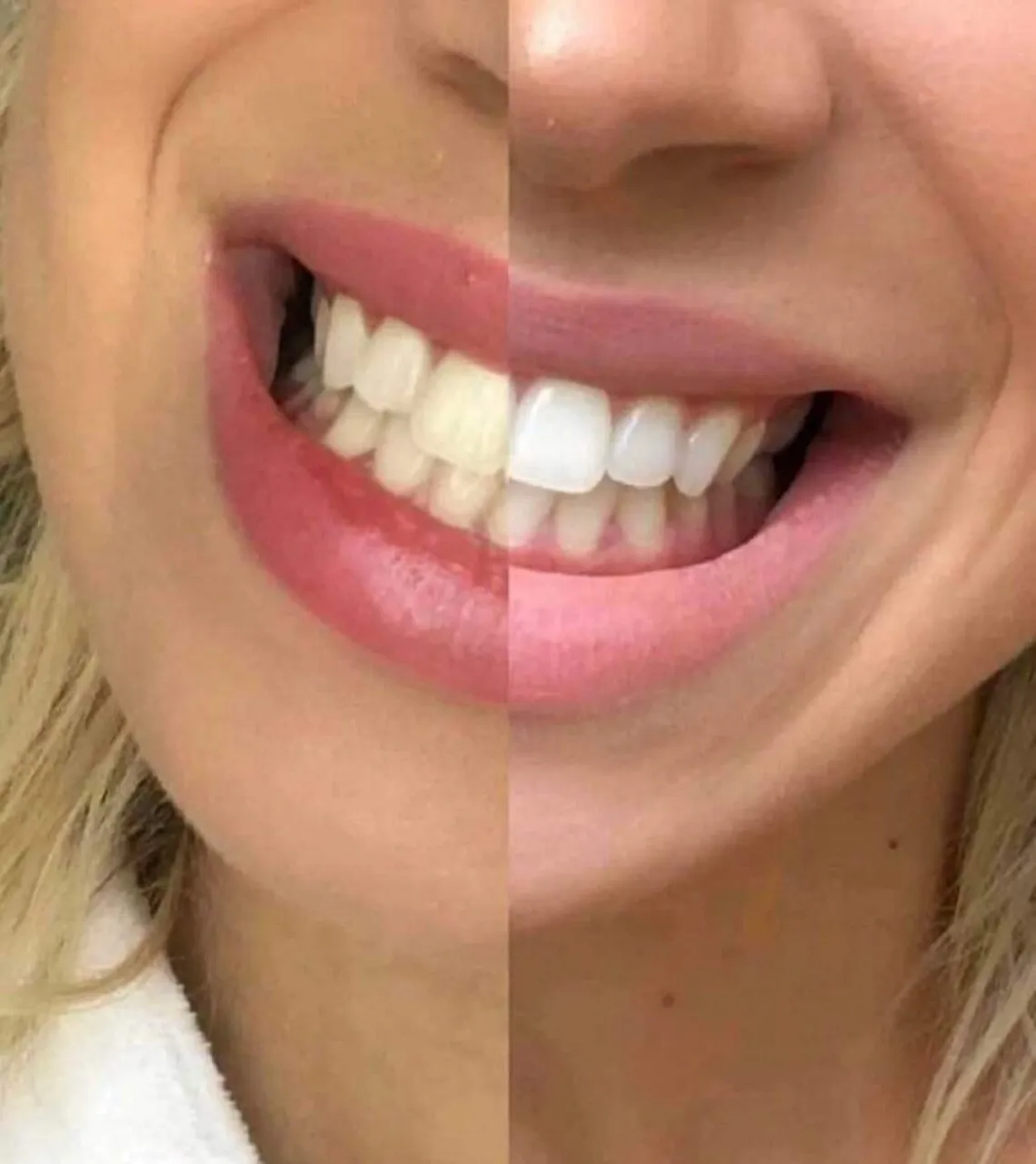
Several factors can influence the effectiveness of Crest Whitening Strips. The type and severity of tooth stains significantly impact the whitening outcome. Surface stains from coffee, tea, and smoking are generally easier to remove than intrinsic stains that originate from within the tooth structure. The natural tooth color also plays a role; individuals with more yellowish teeth may achieve better results than those with grayish tones. Compliance with the instructions, including the duration and frequency of use, is a critical factor. Consistent application over the recommended period is essential for optimal whitening. Additionally, the presence of dental work, such as fillings, crowns, or veneers, can impact results, as whitening strips will only lighten the natural teeth and not these restorations. Diet and lifestyle choices also contribute; avoiding stain-causing foods and beverages during treatment and maintaining good oral hygiene can enhance results. Proper preparation, like brushing and flossing before applying the strips, ensures the whitening agent can effectively contact the tooth surface.
Clinical Studies and Evidence
The efficacy of Crest Whitening Strips is supported by numerous clinical studies and peer-reviewed research. These studies have consistently demonstrated a significant improvement in tooth shade among users who followed the product’s instructions. Many studies employ objective measurement methods, such as shade guides and spectrophotometers, to quantify the degree of whitening achieved. These objective measures provide a reliable assessment of the product’s performance. Research often compares Crest Whitening Strips to other whitening methods, including professional treatments and other at-home options. The results typically show Crest Whitening Strips provide a comparable level of whitening, particularly for mild to moderate staining. These studies also assess the safety profile of the product, evaluating potential side effects, such as tooth sensitivity. The findings often indicate that side effects are generally mild and temporary. The scientific evidence underscores the reliability and effectiveness of Crest Whitening Strips, providing consumers with data-driven confidence in the product’s performance.
How Long Do Crest Whitening Strips Last?
The longevity of the whitening results achieved with Crest Whitening Strips varies from person to person. Several factors play a role in how long the effects will last. The user’s lifestyle and dietary habits are significant determinants. Consuming stain-causing foods and drinks like coffee, tea, red wine, and heavily pigmented foods can gradually reintroduce stains, diminishing the whitening effect. The initial degree of staining and the intensity of the whitening process also affect longevity. The more stained the teeth were initially, the sooner the effects may begin to fade. Proper oral hygiene practices, including regular brushing, flossing, and dental check-ups, can help maintain the whitening effect. These practices prevent the accumulation of new stains, thereby prolonging the results. Most users can expect their teeth to remain noticeably whiter for several months, with some experiencing results lasting up to a year or more. Periodic touch-up treatments with Crest Whitening Strips or other whitening products can also help extend the duration of the results.
Comparing Crest Whitening Strips to Other Methods

When evaluating the effectiveness of Crest Whitening Strips, it’s important to compare them with other teeth whitening methods. Professional teeth whitening, performed by a dentist, typically involves higher concentrations of hydrogen peroxide and can provide more dramatic results in a shorter amount of time. However, this option is usually more expensive. At-home whitening systems prescribed by a dentist, which involve custom-fitted trays and whitening gel, offer a balance between effectiveness and cost. They often provide more even whitening than over-the-counter strips. Other at-home alternatives include whitening toothpastes and mouthwashes. These products are generally less effective than strips or professional treatments, but they can help maintain the results of whitening or prevent future staining. The choice of the most suitable method depends on individual preferences, budget, and the extent of desired whitening. Crest Whitening Strips provide a convenient and affordable option, while professional treatments may be preferable for those seeking faster or more dramatic results.
Professional Whitening vs Crest Strips
Professional teeth whitening performed by a dentist generally offers the most significant and rapid whitening results compared to Crest Whitening Strips. Professional treatments often utilize higher concentrations of hydrogen peroxide or other whitening agents. This can lead to a more dramatic change in tooth shade in a single session or over a few appointments. The dentist can also provide customized treatments tailored to the individual’s specific needs and oral health conditions. Another advantage of professional whitening is the supervision of a dental professional. This ensures the safety of the procedure and minimizes the risk of side effects like tooth sensitivity. Crest Whitening Strips provide a more accessible and cost-effective option for those seeking teeth whitening. Although the results may be less dramatic and slower to appear, the convenience and lower cost make them a popular choice for many. The suitability of each method depends on individual preferences, the desired level of whitening, and budget considerations. Professional whitening is often recommended for individuals with severe staining or those seeking a quick and noticeable transformation.
At-Home Alternatives and Their Effectiveness
Beyond Crest Whitening Strips, a variety of at-home teeth whitening alternatives are available. Whitening toothpastes are a common option, containing mild abrasives and sometimes low concentrations of whitening agents. These toothpastes can help remove surface stains, but their whitening effect is generally limited compared to strips or professional treatments. Whitening mouthwashes, which typically contain hydrogen peroxide, can also contribute to slight whitening, especially when used consistently. Over-the-counter whitening gels and trays offer a middle ground between strips and professional treatments. These products usually involve a gel applied to custom or pre-formed trays, offering more even coverage. However, their effectiveness may be less pronounced. The effectiveness of these alternatives varies. Whitening toothpastes and mouthwashes are best suited for maintaining tooth whiteness and preventing new stains. Whitening gels and trays can provide more noticeable whitening, though their effectiveness is still typically less than professional treatments. The choice of the most suitable at-home alternative depends on factors such as the severity of the staining, the desired results, and the user’s budget.
Tips for Using Crest Whitening Strips Effectively
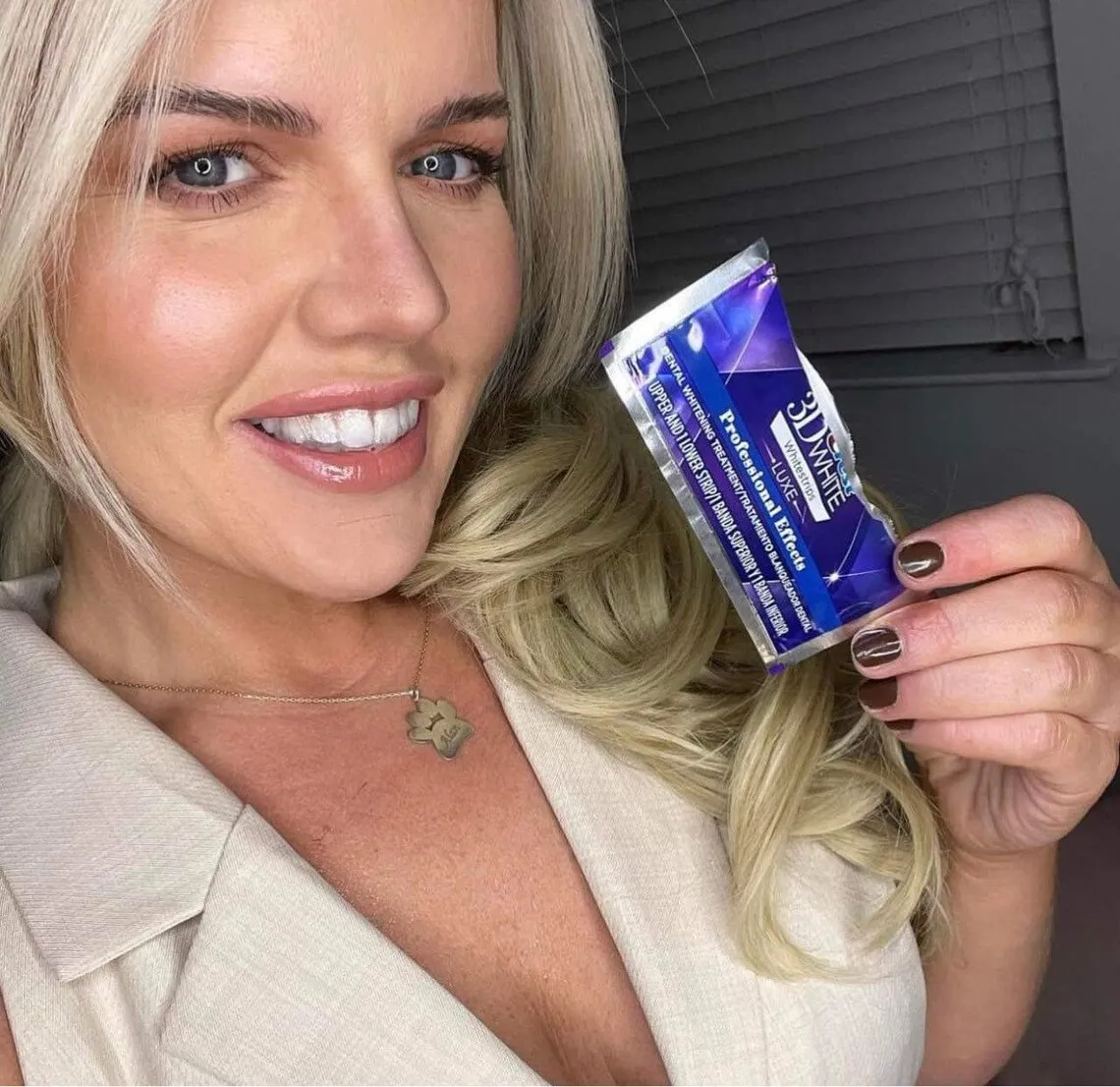
To maximize the effectiveness of Crest Whitening Strips and achieve the best possible results, following the manufacturer’s instructions is essential. This includes adhering to the recommended duration of use and the frequency of applications. Consistency is key; applying the strips regularly is critical for allowing the whitening agent to act on the tooth enamel. Proper preparation is also crucial; brushing and flossing your teeth before applying the strips helps remove surface debris. This step allows the whitening agent to come into direct contact with the tooth surface. Avoid eating, drinking (except water), or smoking while the strips are in place, as these habits can reduce effectiveness. After removing the strips, rinse your mouth to remove any residual gel. During the treatment period, it’s advisable to limit consumption of stain-causing foods and drinks, such as coffee, tea, red wine, and dark-colored sodas. Maintaining good oral hygiene, including regular brushing and flossing, supports the whitening process and helps maintain the results. Following these guidelines will enhance the effectiveness of Crest Whitening Strips.
Preparation and Application Guide
Proper preparation and application are essential for the successful use of Crest Whitening Strips. Begin by brushing and flossing your teeth to remove any food particles and plaque. This ensures the whitening agent can effectively contact the tooth surface. Dry your teeth gently with a clean tissue. This helps the strips adhere properly. Peel the strips from the backing, being careful not to touch the adhesive side excessively. Apply the longer strip to the upper teeth and the shorter strip to the lower teeth, aligning them with the gumline. Gently press the strips onto your teeth, ensuring good contact. Fold any excess strip material behind your teeth to secure them in place. Leave the strips on for the recommended time, as indicated on the product packaging. Once the time is up, remove the strips and discard them. Rinse your mouth with water to remove any residual gel. Following these steps ensures that the Crest Whitening Strips are applied correctly.
Maximizing Results and Minimizing Side Effects
To maximize the whitening results from Crest Whitening Strips and minimize potential side effects, several strategies are recommended. Follow the manufacturer’s instructions diligently, ensuring you adhere to the recommended application time and frequency. Avoid consuming stain-causing foods and drinks, such as coffee, tea, red wine, and dark-colored sodas, during the treatment period. This will help prevent new stains from forming. For individuals experiencing tooth sensitivity, using a toothpaste designed for sensitive teeth can provide relief. It is also recommended to take breaks from using the strips if sensitivity becomes too uncomfortable. Practice good oral hygiene, including regular brushing and flossing, to keep your teeth and gums healthy. This will support the whitening process and maintain the results. Consult a dentist before using the strips, especially if you have any existing dental issues or sensitivities. They can provide personalized advice and recommendations based on your oral health needs. Following these tips can optimize the effectiveness and safety of Crest Whitening Strips.
Potential Side Effects and How to Manage Them
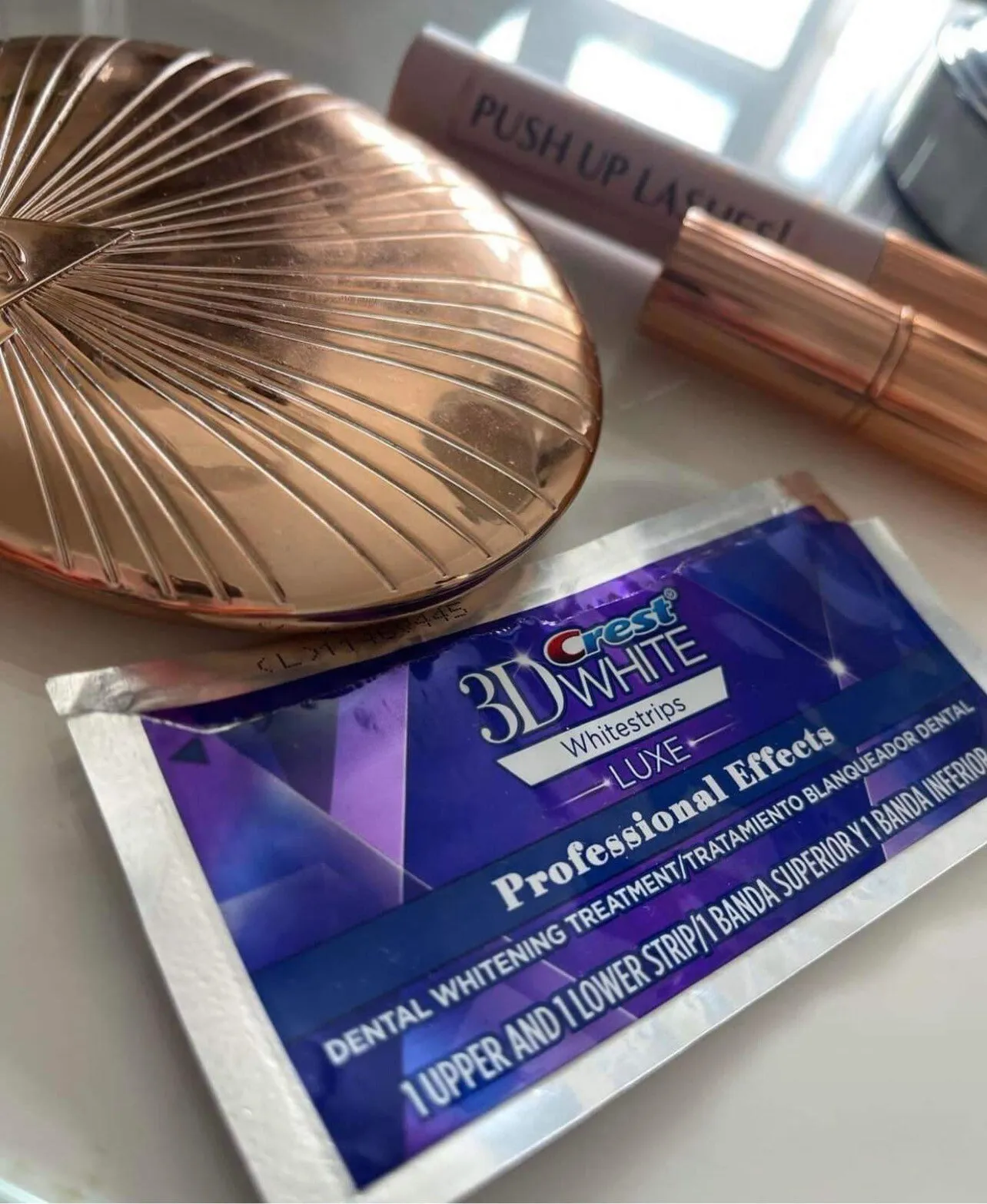
While Crest Whitening Strips are generally safe, some users may experience side effects. The most common side effect is tooth sensitivity, which can manifest as temporary discomfort or a sharp sensation when consuming hot or cold foods and beverages. This sensitivity usually subsides shortly after stopping treatment. Another potential side effect is gum irritation, which can result from the whitening agent contacting the gums. This can cause redness, swelling, or soreness. To manage tooth sensitivity, use a toothpaste formulated for sensitive teeth, which often contains ingredients like potassium nitrate. You can also reduce the frequency of strip application or shorten the duration of each treatment. If gum irritation occurs, ensure the strips are properly applied, avoiding contact with the gums. You may consider taking breaks from the treatment to allow your gums to heal. If the side effects are severe or persistent, consult your dentist for advice. They may recommend alternative whitening methods or provide solutions to mitigate the discomfort. Being aware of potential side effects and knowing how to manage them ensures a safer whitening experience.
Sensitivity and Discomfort
Tooth sensitivity and discomfort are potential side effects of Crest Whitening Strips, and it’s essential to understand how to manage them. Tooth sensitivity often manifests as a sharp, temporary pain or discomfort when consuming hot or cold foods and drinks. This sensitivity occurs because the whitening agent can temporarily affect the tooth enamel’s permeability. To alleviate sensitivity, use a toothpaste specifically designed for sensitive teeth. These toothpastes typically contain ingredients like potassium nitrate or stannous fluoride. These ingredients help to desensitize the tooth by blocking nerve signals. You can also reduce the frequency or duration of your whitening treatments. It’s advisable to take breaks from using the strips if sensitivity becomes too uncomfortable. If the sensitivity is severe or does not improve, consult your dentist. They can assess your oral health and suggest alternative strategies. Avoiding acidic foods and drinks during the whitening process can also help minimize discomfort, as they can exacerbate sensitivity. Managing sensitivity involves a combination of preventative measures, like using sensitivity toothpaste, and responsive actions, such as adjusting the treatment schedule.
Other Considerations before Use
Before using Crest Whitening Strips, several considerations should be taken into account. It’s always advisable to consult with your dentist before beginning any teeth whitening treatment, especially if you have pre-existing dental issues, such as cavities, gum disease, or sensitive teeth. Your dentist can assess your oral health and recommend if whitening is suitable for you. Crest Whitening Strips are not recommended for children under the age of 12 or for pregnant or breastfeeding women. Individuals with dental work, such as fillings, crowns, or veneers, should be aware that the whitening strips will only lighten natural teeth, and these restorations will not change color. If you have significant dental work, consult your dentist about the best approach for achieving a consistent tooth shade. Always follow the manufacturer’s instructions and do not exceed the recommended application time. Being aware of these considerations will help ensure a safe and effective teeth whitening experience.
Crest Whitening Strips Effectiveness Conclusion
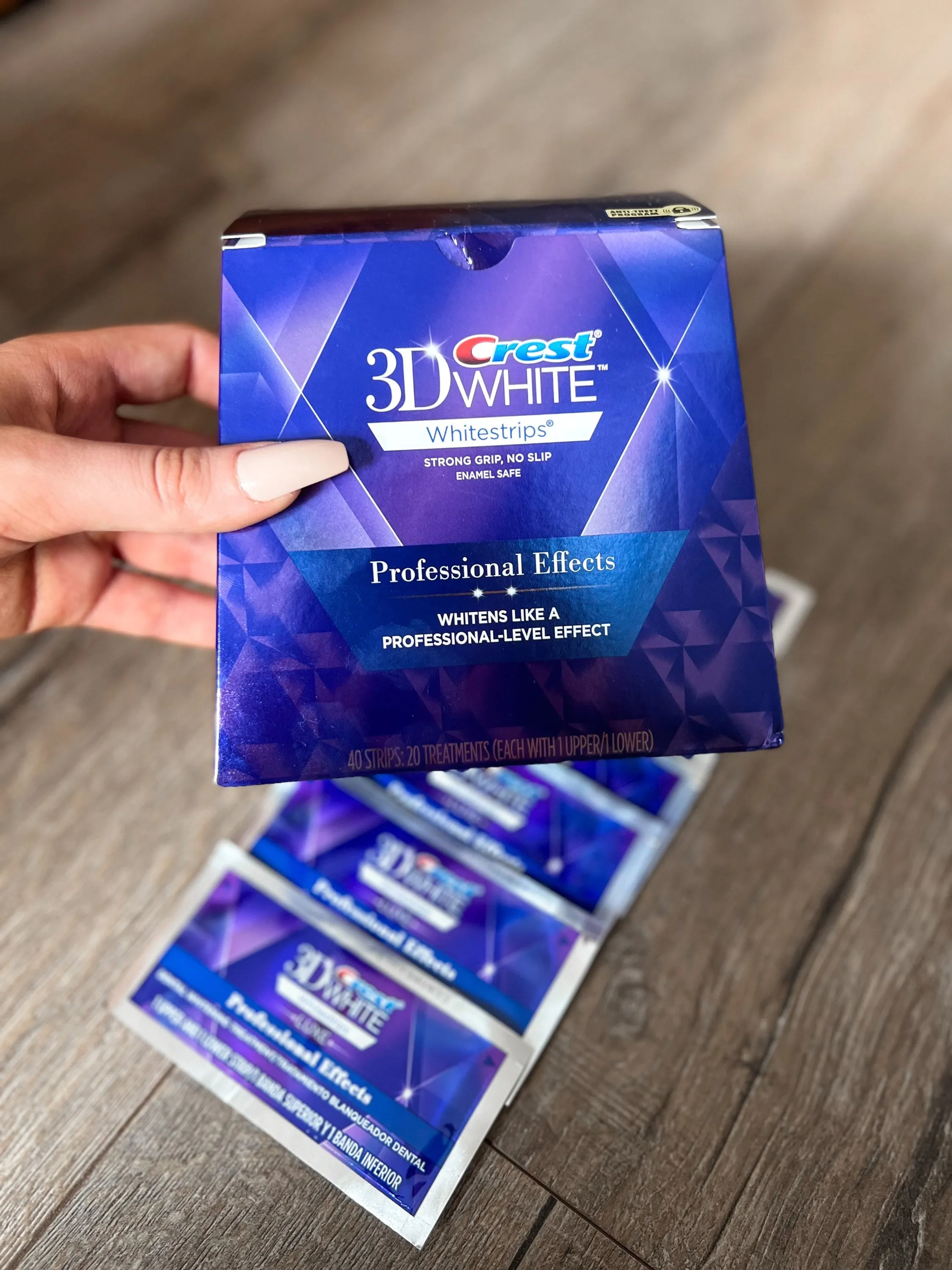
In conclusion, Crest Whitening Strips provide a practical and accessible method for teeth whitening. Their effectiveness is well-documented, with most users experiencing noticeable improvements in tooth shade. However, the degree of whitening can vary based on individual factors such as the initial tooth color, the presence of stains, and adherence to instructions. While Crest Whitening Strips may not offer the same dramatic results as professional treatments, they provide a convenient and cost-effective option for enhancing your smile at home. They are a safe and effective choice for many individuals. By understanding the ingredients, application process, and potential side effects, you can maximize their benefits. Always consult with a dental professional for personalized advice and ensure that teeth whitening aligns with your specific oral health needs. With proper use and realistic expectations, Crest Whitening Strips can be a valuable tool in achieving a brighter and more confident smile. Overall, Crest Whitening Strips are a reliable and popular choice for improving your smile’s appearance.
